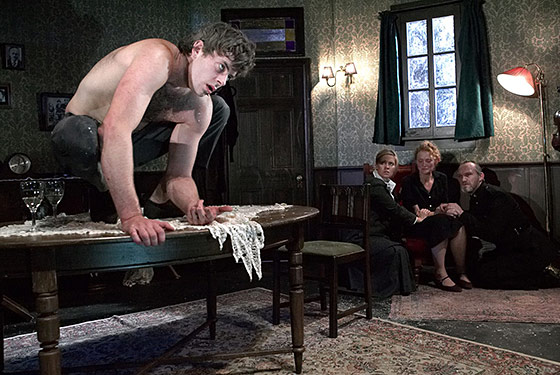

Gregor in a way is enclosed into a very small confined world. His world is basically his office and his small bedroom. He is trapped inside this space, only with his thoughts to accompany him. "His greatest reservation was a worry about the loud noise which the fall must create and which presumably would arouse, if not fright, then at least concern on the other side of all the doors" (Kafka). He is so selfless that he doesn't want to slightly bother anyone in the house. He is extremely introverted and tries to avoid confrontation or any unneeded attention from himself. "Two strong people—he thought of his father and the servant girl—would have been quite sufficient" (Kafka). Even though he struggled greatly in figuring out how to get out of bed, he notes that with the help of two family members it would be much quicker. Though he does not want to impose on anyone, not even his own family. This shows how independent and self sufficient he is compared to his family who are dependent on him and the servant girl to continue their lavish lifestyle.








